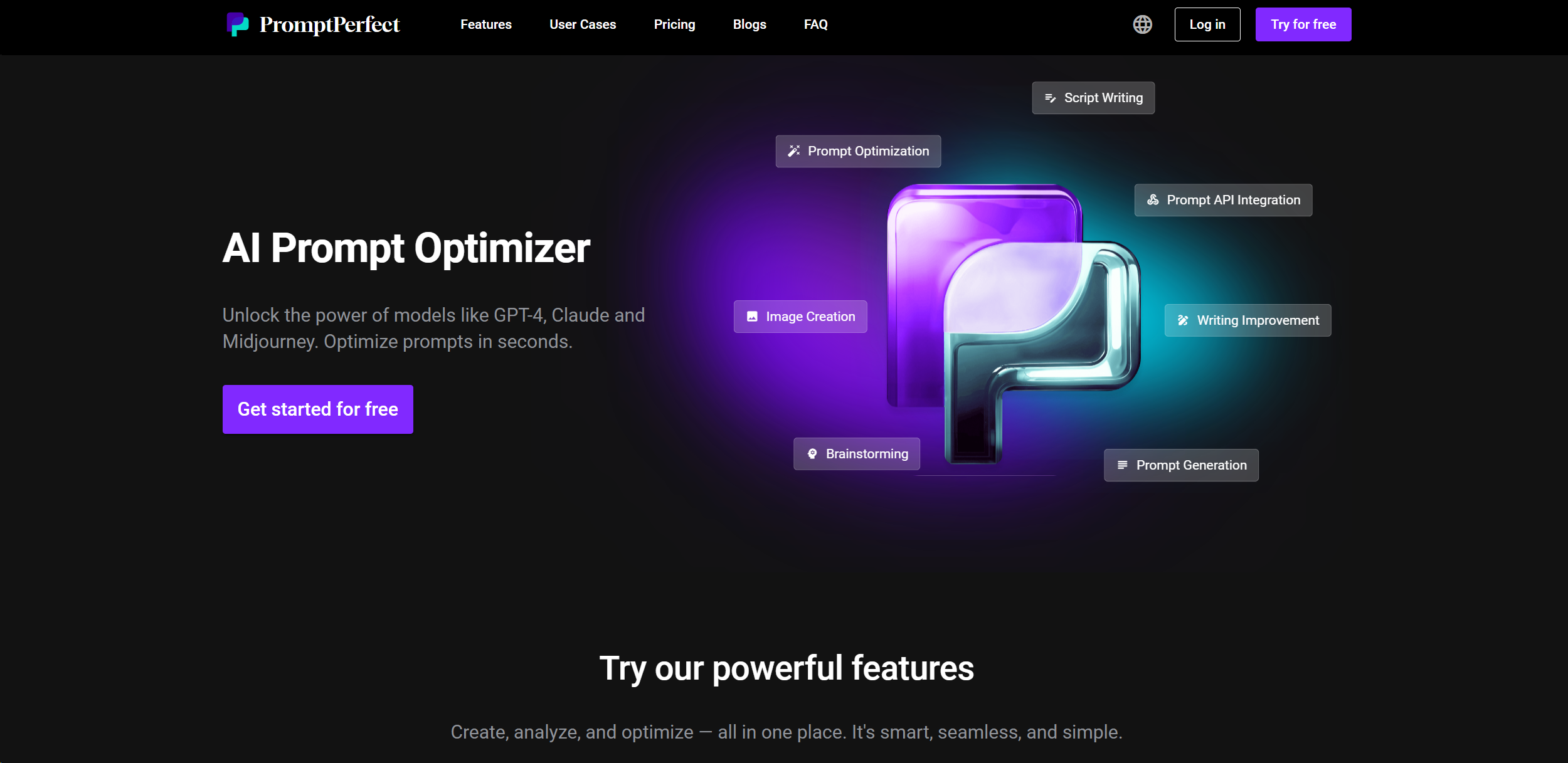
Are you looking to significantly enhance the effectiveness of your AI interactions? Learning how to optimize AI prompts can boost the quality of the outputs you receive, ensuring they are not only relevant but also insightful. The effective use of AI technology relies heavily on crafting well-structured queries that guide the AI toward your desired responses.
Understanding the Importance of Optimizing AI Prompts
To optimize AI prompts effectively, it’s vital to grasp the fundamentals of prompt structure. Here are key reasons why this is essential:
- Clear prompts yield clearer responses, reducing ambiguity.
- Well-formed queries enhance the AI’s understanding of context.
- Optimized prompts can improve output quality by up to 30% according to studies.
Best Practices for Crafting AI Prompts
Implementing best practices is critical for generating efficient AI prompts. Here are some strategies to consider:
- Be Clear and Specific: Avoid vague language to minimize misunderstandings.
- Incorporate Context: Help the AI understand your request by providing background information.
- Utilize Relevant Examples: Providing data or examples related to your task leads to more tailored results.
- Encourage Critical Thinking: Ask the AI to analyze or compare different options for more nuanced outputs.
- Test and Refine Regularly: Use tools to iteratively optimize your prompts for the best outcomes.
Prompt Modifiers for Enhanced Responses
Using prompt modifiers can significantly refine your queries. Consider the following:
- Clarification Modifiers: Requests like “explain further” or “give an example” can enhance detail.
- Detail Modifiers: Indicate the level of detail required, e.g., “summarize” or “list comprehensively.”
- Format Modifiers: Specify how you want the information presented—tables, lists, or paragraphs.
Practical Examples of Prompt Optimization
Learning by example can make the concept clearer. Here are a couple of common scenarios:
- Scenario 1: Instead of asking, “Tell me about marketing,” try “Explain the latest trends in digital marketing and their impact on small businesses.”
- Scenario 2: Instead of “What is AI?”, ask “Define artificial intelligence and discuss its applications in healthcare.”
Common Mistakes to Avoid When Optimizing AI Prompts
Even with good intentions, you might fall into common pitfalls. Here’s what to avoid:
- Overloading prompts with too much information.
- Skipping the testing phase of your prompts.
- Neglecting to specify desired output formats.
Conclusion: Mastering the Art of Prompt Optimization
Optimizing AI prompts is not just about improving AI responses—it’s about enhancing the entire interaction with technology. Using the right techniques and avoiding common mistakes can lead you to much more reliable and relevant AI outputs. Embrace the power of well-structured prompts to optimize AI prompts and ensure that your queries are both productive and insightful.
Call to Action
Have you experimented with different prompt styles? Share your experiences in the comments below or try implementing some of these techniques today!
Frequently Asked Questions
What does it mean to optimize AI prompts?
To optimize AI prompts means to refine and structure queries so that the AI can produce the most accurate and relevant responses possible.
How can prompt templates enhance my results?
Prompt templates provide a framework that helps standardize how you structure your queries, making it easier to get consistent and high-quality outputs.
What are prompt modifiers, and how do they work?
Prompt modifiers are specific words or phrases that refine requests, allowing you to steer the AI’s responses in a desired direction.
Can I test my prompts before finalizing them?
Yes, it is crucial to test your prompts to evaluate their effectiveness and make necessary adjustments. Various tools are available for testing.
For more AI tools, click here.
Free AI Tools


